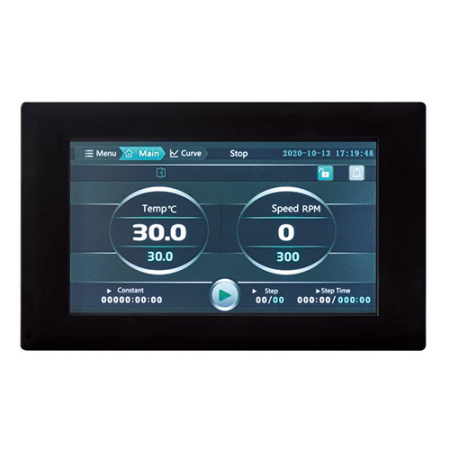Working principle of vibration grinding machine

1. Vibration frequency and amplitude: Vibration frequency refers to the number of vibrations per second of the vibration source, and amplitude refers to the magnitude of displacement generated by the vibration source. The selection of vibration frequency and amplitude will affect the grinding effect and the quality of the workpiece surface.
2. Selection and filling ratio of grinding media: The selection of grinding media should consider the material and shape of the workpiece, as well as the required grinding effect. The filling ratio refers to the volume ratio of the grinding medium to the workpiece in the working bowl, and different filling ratios will produce different grinding effects.
3. Grinding time and tilt angle of the work bowl: The length of grinding time will affect the smoothness of the workpiece surface and the degree of material removal. The tilt angle of the work bowl can adjust the contact force and motion trajectory between the grinding medium and the workpiece, thereby affecting the grinding effect.
Vibration grinding machines are widely used for surface treatment of various materials, such as metals, ceramics, plastics, etc. It has the advantages of high grinding efficiency, good grinding uniformity, and easy operation, and is widely used in industrial production for grinding, polishing, and cleaning processes.